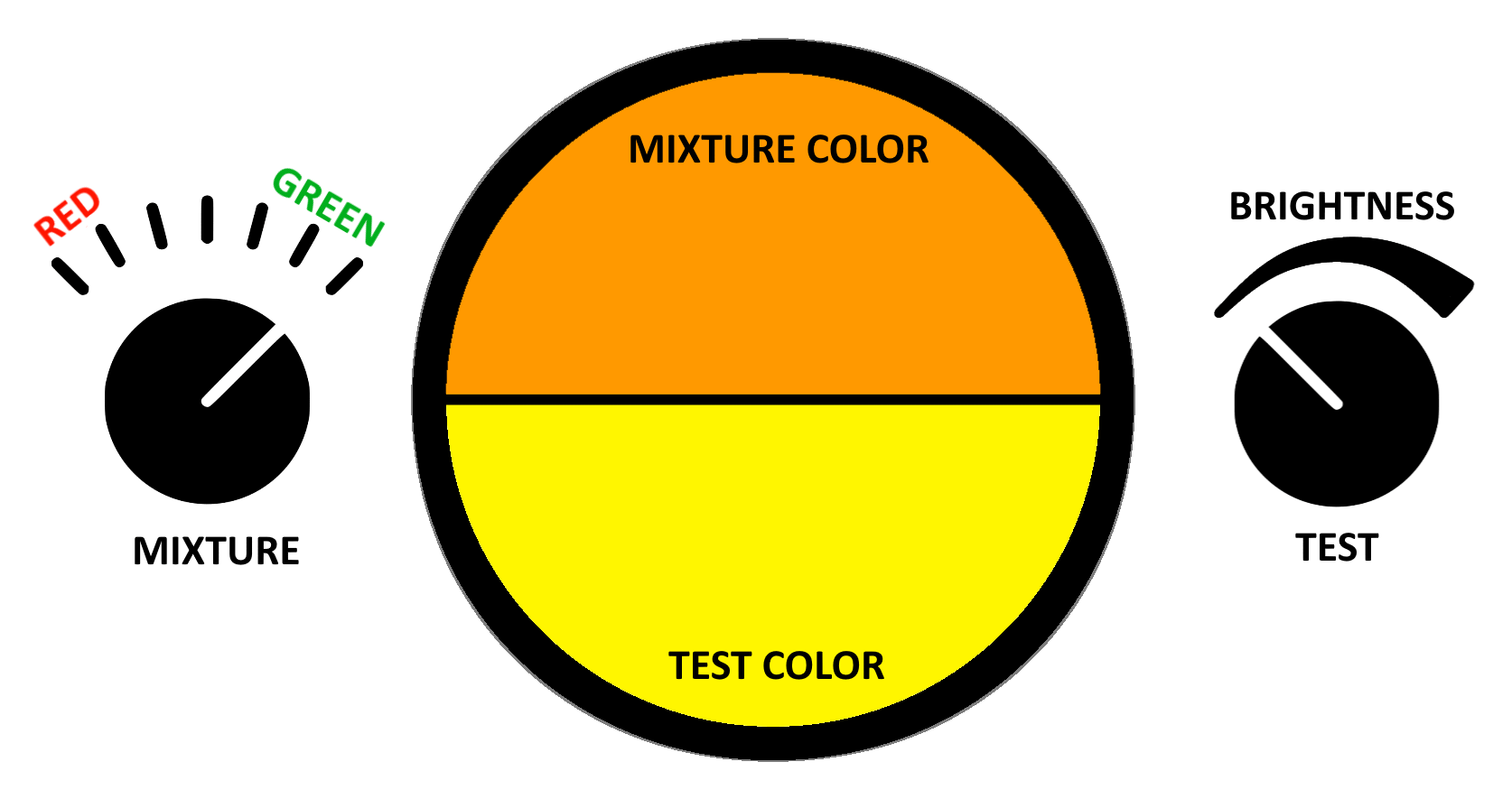|
Jakob Stilling
Jakob Stilling (22 September 1842 – 30 April 1915) was a German ophthalmologist from Kassel. He studied medicine at several locations including Paris and Würzburg, and obtained his doctorate in 1865. In 1867 he became an eye doctor in Kassel, later furthering his education in ophthalmic medicine at Paris, Berlin, Vienna and Turin. In 1884 he became a titular professor at the University of Strassburg, where he worked for the remainder of his career. He was the son of surgeon Benedikt Stilling (1810-1879). In 1887 Stilling described an eye movement disorder that was to become known as "Stilling's syndrome". This disorder goes by several other names, including "Duane syndrome", being named after American ophthalmologist Alexander Duane (1858-1926), who studied several clinical cases of the disorder, and in 1905 provided a more comprehensive description of its symptoms. This condition is characterised by limited abduction and/or limited adduction of the eye. In 1877 he i ... [...More Info...] [...Related Items...] OR: [Wikipedia] [Google] [Baidu] |
Adduction
Motion, the process of movement, is described using specific anatomical terms. Motion includes movement of organs, joints, limbs, and specific sections of the body. The terminology used describes this motion according to its direction relative to the anatomical position of the body parts involved. Anatomists and others use a unified set of terms to describe most of the movements, although other, more specialized terms are necessary for describing unique movements such as those of the hands, feet, and eyes. In general, motion is classified according to the anatomical plane it occurs in. ''Flexion'' and ''extension'' are examples of ''angular'' motions, in which two axes of a joint are brought closer together or moved further apart. ''Rotational'' motion may occur at other joints, for example the shoulder, and are described as ''internal'' or ''external''. Other terms, such as ''elevation'' and ''depression'', describe movement above or below the horizontal plane. Many anatomic ... [...More Info...] [...Related Items...] OR: [Wikipedia] [Google] [Baidu] |
1915 Deaths
Events Below, the events of World War I have the "WWI" prefix. January *January – British physicist Sir Joseph Larmor publishes his observations on "The Influence of Local Atmospheric Cooling on Astronomical Refraction". *January 1 ** WWI: British Royal Navy battleship HMS ''Formidable'' is sunk off Lyme Regis, Dorset, England, by an Imperial German Navy U-boat, with the loss of 547 crew. ** Battle of Broken Hill: A train ambush near Broken Hill, New South Wales, Australia, is carried out by two men (claiming to be in support of the Ottoman Empire) who are killed, together with 4 civilians. * January 5 – Joseph E. Carberry sets an altitude record of , carrying Capt. Benjamin Delahauf Foulois as a passenger, in a fixed-wing aircraft. * January 12 ** The United States House of Representatives rejects a proposal to give women the right to vote. ** '' A Fool There Was'' premières in the United States, starring Theda Bara as a ''femme fatale''; she quickly becomes one o ... [...More Info...] [...Related Items...] OR: [Wikipedia] [Google] [Baidu] |
1842 Births
__NOTOC__ Year 184 ( CLXXXIV) was a leap year starting on Wednesday (link will display the full calendar) of the Julian calendar. At the time, it was known as the Year of the Consulship of Eggius and Aelianus (or, less frequently, year 937 ''Ab urbe condita''). The denomination 184 for this year has been used since the early medieval period, when the Anno Domini calendar era became the prevalent method in Europe for naming years. Events By place China * The Yellow Turban Rebellion and Liang Province Rebellion break out in China. * The Disasters of the Partisan Prohibitions ends. * Zhang Jue leads the peasant revolt against Emperor Ling of Han of the Eastern Han Dynasty. Heading for the capital of Luoyang, his massive and undisciplined army (360,000 men), burns and destroys government offices and outposts. * June – Ling of Han places his brother-in-law, He Jin, in command of the imperial army and sends them to attack the Yellow Turban rebels. * Winter – Zha ... [...More Info...] [...Related Items...] OR: [Wikipedia] [Google] [Baidu] |
German Ophthalmologists
German(s) may refer to: * Germany (of or related to) **Germania (historical use) * Germans, citizens of Germany, people of German ancestry, or native speakers of the German language ** For citizens of Germany, see also German nationality law **Germanic peoples (Roman times) * German language **any of the Germanic languages * German cuisine, traditional foods of Germany People * German (given name) * German (surname) * Germán, a Spanish name Places * German (parish), Isle of Man * German, Albania, or Gërmej * German, Bulgaria * German, Iran * German, North Macedonia * German, New York, U.S. * Agios Germanos, Greece Other uses * German (mythology), a South Slavic mythological being * Germans (band), a Canadian rock band * "German" (song), a 2019 song by No Money Enterprise * ''The German'', a 2008 short film * "The Germans", an episode of ''Fawlty Towers'' * ''The German'', a nickname for Congolese rebel André Kisase Ngandu See also * Germanic (other) * Germa ... [...More Info...] [...Related Items...] OR: [Wikipedia] [Google] [Baidu] |
Who Named It
''Whonamedit?'' is an online English-language dictionary of medical eponyms and the people associated with their identification. Though it is a dictionary, many eponyms and persons are presented in extensive articles with comprehensive bibliographies. The dictionary is hosted in Norway and maintained by medical historian Ole Daniel Enersen Ole Daniel Enersen (born March 14, 1943, in Oslo, Norway) is a Norwegian climber, photographer, journalist, writer, and medical historian. In 1965 he made the first ascent of the Trollveggen mountain in Romsdalen, Norway, along with Leif Norman .... References External links * Medical websites Medical dictionaries Eponyms {{online-dict-stub ... [...More Info...] [...Related Items...] OR: [Wikipedia] [Google] [Baidu] |
University And State Library Düsseldorf
The University and State Library Düsseldorf (german: Universitäts- und Landesbibliothek Düsseldorf, abbreviated ULB Düsseldorf) is a central service institution of Heinrich Heine University. Along with Bonn and Münster, it is also one of the three State Libraries of North Rhine-Westphalia. Tradition and Modernity From 1965 to 1969, the University and Library Düsseldorf gradually developed out of the Medical Academy in Düsseldorf. There is no real founding year of the ULB, but the foundation stone for an integrated library system was laid when the former State and City Library of Düsseldorf was taken over by the university in 1970 and merged with the Central Library of the former Medical Academy. Structure and Holdings The ULB consists of one central library and four decentralized locations. Management and media processing are organized centrally. Catalogues, databases, e-books and e-journals are accessible throughout the whole university as well as at home via the lib ... [...More Info...] [...Related Items...] OR: [Wikipedia] [Google] [Baidu] |
Albrecht Von Graefe (ophthalmologist)
Friedrich Wilhelm Ernst Albrecht von Gräfe, often Anglicized to Graefe (22 May 182820 July 1870), was a Prussian pioneer of German ophthalmology. Graefe was born in Finkenheerd, Brandenburg, the son of Karl Ferdinand von Graefe (1787–1840). He was the father of the far right politician Albrecht von Graefe (1868–1933). Background At the University of Berlin, Graefe studied philosophy, logic, natural sciences and anatomy, under notable names such as Dove, H. Rose, Müller, and Schlemm, eventually obtaining his medical doctorate in 1847. He continued his studies at Prague, Paris, Vienna and London, and having devoted special attention to ophthalmology, in 1850, he began to practice as an oculist in Berlin. Here, he founded a private institution for the treatment of eyes. During the same year, he received his habilitation with the thesis ''Über die Wirkung der Augenmuskeln''. In 1858 he became an associate professor of ophthalmology at the Charité in Berlin, where in 18 ... [...More Info...] [...Related Items...] OR: [Wikipedia] [Google] [Baidu] |
Glaucoma
Glaucoma is a group of eye diseases that result in damage to the optic nerve (or retina) and cause vision loss. The most common type is open-angle (wide angle, chronic simple) glaucoma, in which the drainage angle for fluid within the eye remains open, with less common types including closed-angle (narrow angle, acute congestive) glaucoma and normal-tension glaucoma. Open-angle glaucoma develops slowly over time and there is no pain. Peripheral vision may begin to decrease, followed by central vision, resulting in blindness if not treated. Closed-angle glaucoma can present gradually or suddenly. The sudden presentation may involve severe eye pain, blurred vision, mid-dilated pupil, redness of the eye, and nausea. Vision loss from glaucoma, once it has occurred, is permanent. Eyes affected by glaucoma are referred to as being glaucomatous. Risk factors for glaucoma include increasing age, high pressure in the eye, a family history of glaucoma, and use of steroid medication. F ... [...More Info...] [...Related Items...] OR: [Wikipedia] [Google] [Baidu] |
Ishihara Test
The Ishihara test is a color vision test for detection of red-green color deficiencies. It was named after its designer, Shinobu Ishihara, a professor at the University of Tokyo, who first published his tests in 1917.S. Ishihara, Tests for color-blindness (Handaya, Tokyo, Hongo Harukicho, 1917). The test consists of a number of Ishihara plates, which are a type of pseudoisochromatic plate. Each plate depicts a solid circle of colored dots appearing randomized in color and size. Within the pattern are dots which form a number or shape clearly visible to those with normal color vision, and invisible, or difficult to see, to those with a red-green color vision defect. Other plates are intentionally designed to reveal numbers only to those with a red-green color vision deficiency, and be invisible to those with normal red-green color vision. The full test consists of 38 plates, but the existence of a severe deficiency is usually apparent after only a few plates. There are also Ish ... [...More Info...] [...Related Items...] OR: [Wikipedia] [Google] [Baidu] |
Color Blindness
Color blindness or color vision deficiency (CVD) is the decreased ability to color vision, see color or differences in color. It can impair tasks such as selecting ripe fruit, choosing clothing, and reading traffic lights. Color blindness may make some academic activities more difficult. However, issues are generally minor, and the colorblind automatically develop adaptations and coping mechanisms. People with achromatopsia, total color blindness (achromatopsia) may also be Hemeralopia, uncomfortable in bright environments and have visual impairment, decreased visual acuity. The most common cause of color blindness is an Heredity, inherited problem or variation in the functionality of one or more of the three classes of cone cells in the retina, which mediate color vision. The most common form is caused by a genetic disorder called congenital red–green color blindness. Males are more likely to be color blind than females, because the genes responsible for the most common for ... [...More Info...] [...Related Items...] OR: [Wikipedia] [Google] [Baidu] |
Pseudoisochromatic Plate
A color vision test is used for measuring color vision against a standard. These tests are most often used to diagnose color vision deficiencies (''color blindness''), though several of the standards are designed to categorize normal color vision into sub-levels. With the large prevalence of color vision deficiencies (8% of males) and the wide range of professions that restrict hiring the colorblind for safety or aesthetic reasons, clinical color vision standards must be designed to be fast and simple to implement. Color vision standards for academic use trade speed and simplicity for accuracy and precision. Applications Color vision standards are used to evaluate the color vision of a subject. They are most commonly applied to job applicants during pre-job screening. The evaluation may be to select against the color vision deficient for roles where basic color vision is required, or to select for individuals with superior color vision for roles where recognition of subtle colo ... [...More Info...] [...Related Items...] OR: [Wikipedia] [Google] [Baidu] |







